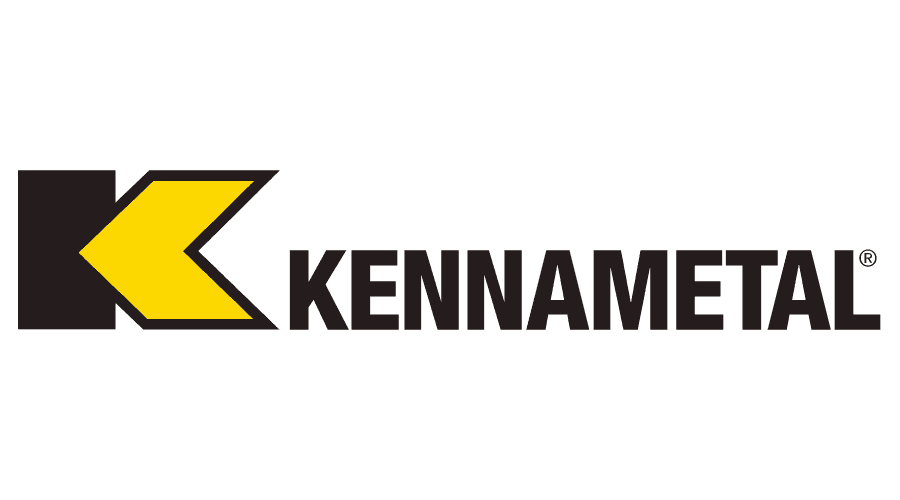Leading UK Cutting Tool Manufacturer & Distributor
Sutton Tools UK supply a comprehensive quality cutting tool range including standard milling cutters covering a vast majority of applications, but for those applications that require specific dimensions or geometries, we provide an excellent service on design and manufacture of special tooling. Thus, from a one-off special cutting tool to multi-year supply contracts, we can satisfy your requirements.
Cutting Tool Brands We Provide
Our comprehensive range of standard milling cutters from a variety of household names covers a vast majority of applications.
About Sutton Tools UK
Since the launch of our UK manufacturing unit in 2000, Sutton Tools UK has consistently grown and reinvested in equipment and technology. Evidently, we have become one of the leading manufacturers of a good selection of solid carbide milling cutters in the UK. Our reputation for high quality, high performance tooling is testament to the skill, dedication and commitment of our manufacturing team. Special manufacture of tooling is available via our own manufacturing facility or carefully selected partners. From one-off product specials to multi-year supply contracts, we have the experience and reputation to rely on.
Why Choose Our Cutting Tool Range?
High-Quality Products
Competitive Pricing
Range of Cutting Tools
Cutting Tool FAQs
What Is A Cutting Tool? (machining)
A cutting tool is a hardened, sharp-edged tool made from metal that for use to remove (shape and cut) layers of a workpiece’s material to achieve a desired size, shape, and accuracy. This is done using machining tools and abrasive tools for shear deformation.
When machining, there will be a relative velocity between the cutting tool and the workpiece from mechanical and other mechanisms. Therefore, heat and force produced during this process will need to be withstood by the tool, and the material of the cutting tool will need to be harder than the workpiece.
The tools will also require accurate geometry with clearance angles to ensure the surface of the workpiece is only in contact with the tool’s cutting edge. For this reason, significant factors to consider include the shape, number, and width of the teeth or flutes, together with the cutting face’s angles. Optimising these variables alongside the machine’s speed and feed will ensure a longer lifespan of the cutting tool.
As well as the use of these tools in milling machines and lathes, there are a good selection of tools designed for trade and DIY users. As each user has different requirements of the product, time constraints, and a number of other factors, trade and DIY users can choose cutters with the desired features.
What Are The 3 Types Of Cutting Tools?
What Are Single-Edge Cutting Tools?
A single-point cutting tool has one cutting edge for use as a tool for cutting material from a workpiece. There are a range of single-edge cutting tools that, depending on the size and material for turning, will vary in length, diameter, and alloy composition. Single-edge cutting tools are made from hardened metal alloys which are ground and shaped to fulfil specific requirements of the turning process (mainly by a lathe, though can be hand tools). These types of machine tools are stationary by being held in a tool post. Planing machines and shaping machines also make use of single-edge cutting tools by using one cutting edge to remove material.
What Are Double-Point Cutting Tools?
A double-point tool has two cutting edges that remove material simultaneously. Therefore, this type of tool has two rake surfaces and two flank surfaces. Though there are a range of drills that have more than two flutes or tool cutting edges, a drill is the only example of a double-point cutting tool.
What Are Multipoint Cutting Tools?
A multi-point cutting tool will cut simultaneously with more than two cutting edges as well as having the same number of rake and flank surfaces. Multi-point tools simultaneously remove material from the workpiece at multiple cutting edges and therefore, are able to operate at high speeds. These tools also tend to have a longer lifespan as the heat and abrasion are spread evenly to each cutting blade.
Drilling Tools:
In a workpiece, drilling tools are exclusively used to make holes. Hence, a drill bit applies a downward rotational force to cut through the material and has two cutting edges at two equally tapered angles.
Milling Tools:
Endmills cut by horizontal shear deformation by rotational force when the workpiece is bought into the tool. So, a table holding the workpiece will have a determined axis called the tool path. The table holds the workpiece still whilst moving into the cutter at various directions and angles. Consequently, specific types of milling actions are conducted by different types of endmills.
What Is A Cutting Tool Called?
Cutting tools perform cutting operations in machining, and under this umbrella, there are:
Rotary cutting tools: Inclusive of countersinks/counterbores, drill bits, reamers, taps and dies, cold saw blades, milling cutters, grinding wheels, and hob cutters.
Linear cutting tools: Include broaches, tool bits (single-point cutting tools), planers, and shapers.
Other cutting tools: Combine rotary and linear motion and include hacksaw blades, boring bars, bandsaw blades, and fly cutters.





